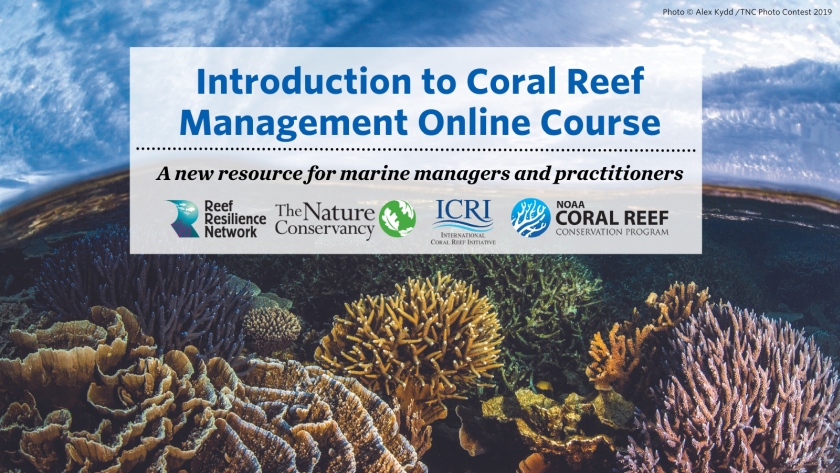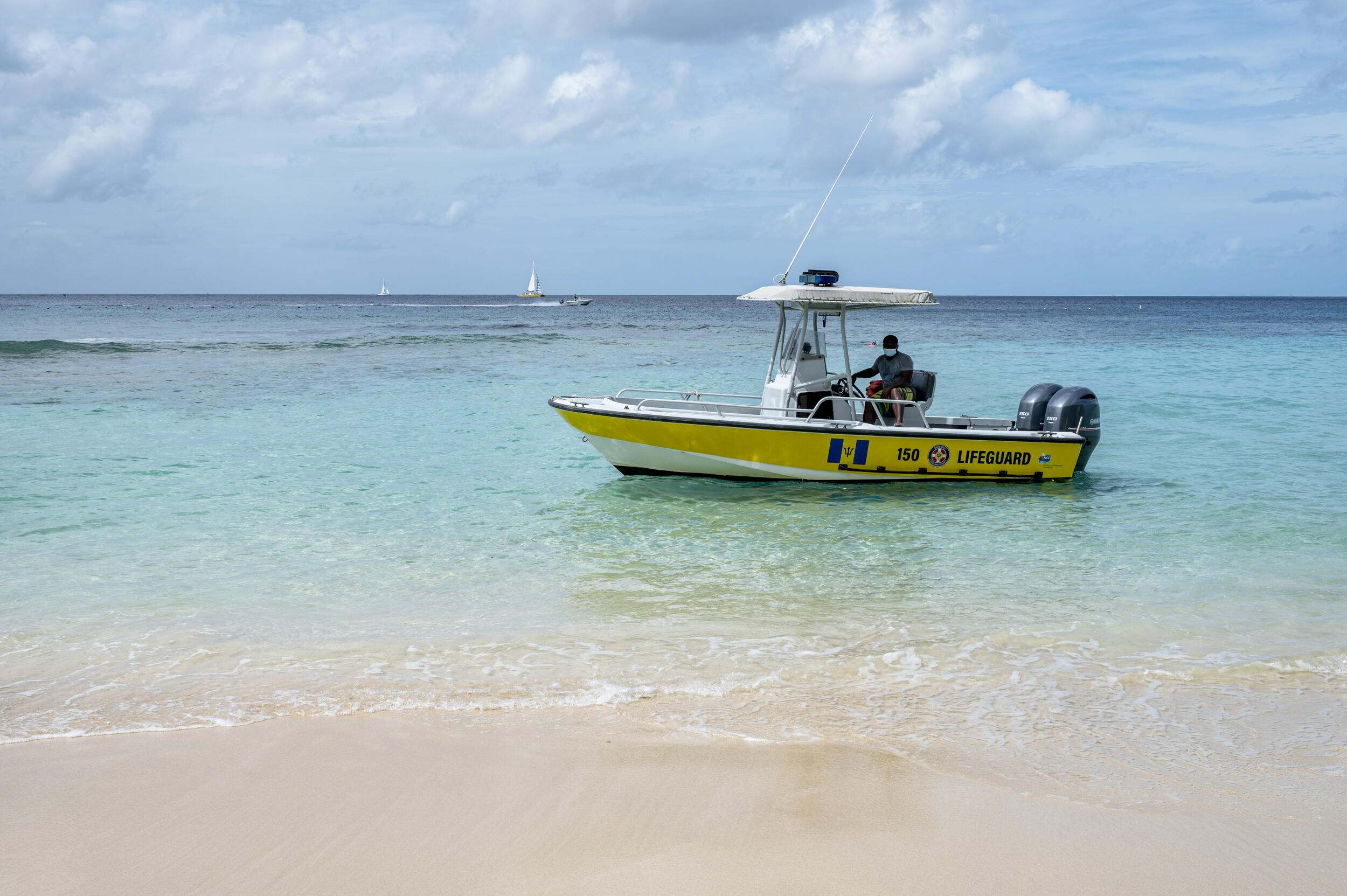Pandolfi and Jackson quantify the habitat stability in Caribbean coral communities during the Pleistocene, comparing records from several hundred thousand years ago to modern community structure. Pleistocene coral communities demonstrate persistence with similar community structure through time, including the abundance of both common and rare species. Human impacts have altered coral communities significantly beyond Pleistocene structure and long term stability. Today, the loss of major reef builders such as A. palmate have likely also had impacts on community composition. As current coral reef communities are highly anomalous from Pleistocene records, especially within the last 220 thousand years, human impacts are likely to blame for current coral reef declines in the Caribbean.
Author: Pandolfi, J.M. and J.B.C. Jackson
Year: 2006
View Full Article
Ecology Letters 9(7): 818–826. doi:10.1111/j.1461-0248.2006.00933.x


